Experiencing issues with your Vive thermostat can be frustrating, especially when it's not turning on your air conditioning (AC) as expected.
There could be various reasons for this problem, ranging from simple settings adjustments to more complex technical issues.
In this article, we will help guide you through identifying and solving the issue at hand.
Understanding Thermostat Systems
First, it's essential to understand the basics of your thermostat system. A thermostat generally has three main components: the thermostat control, the component that communicates with the HVAC system, and the mobile app if it is a smart thermostat.
Identifying which part of your thermostat system could be causing the issue is crucial to finding a solution.
You might also like: Do HVAC Return Ducts Need To Be Insulated?
Once you have a better understanding of your thermostat, we'll discuss some common reasons your AC may not be turning on, and provide you with guidance on how to fix them.
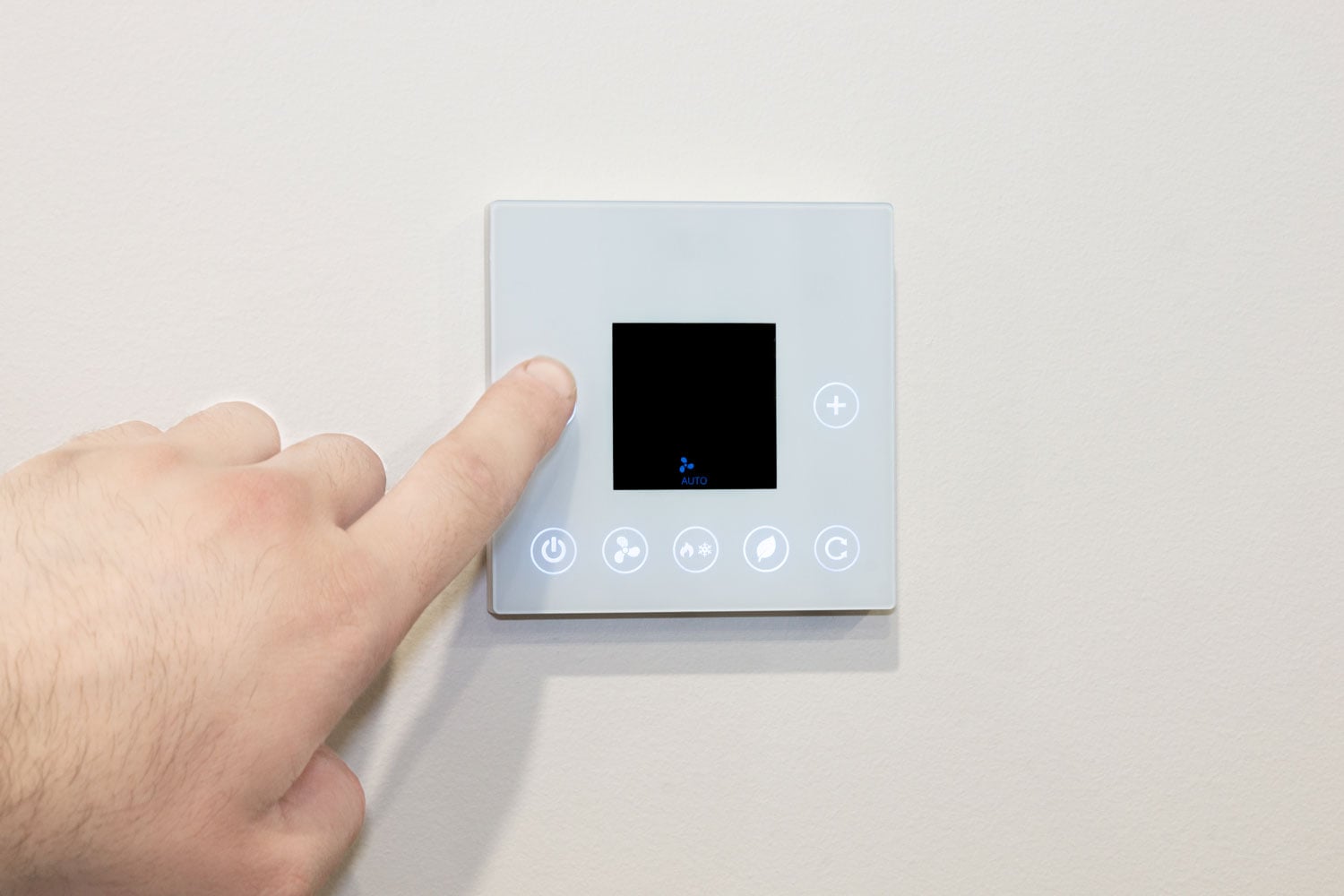
Common Reasons for Thermostat Issues
There are several reasons why your Vive thermostat might not be turning on your AC.
Electrical Problems
Electrical issues can cause your thermostat to have trouble turning on your AC. Check the circuit breaker or fuse box to ensure the power is on.
If a breaker has been tripped or a fuse has blown, reset the breaker or replace the fuse to see if that resolves the issue.
Additionally, check for any frayed or damaged wires leading to the thermostat, as they might also be the cause of the problem.
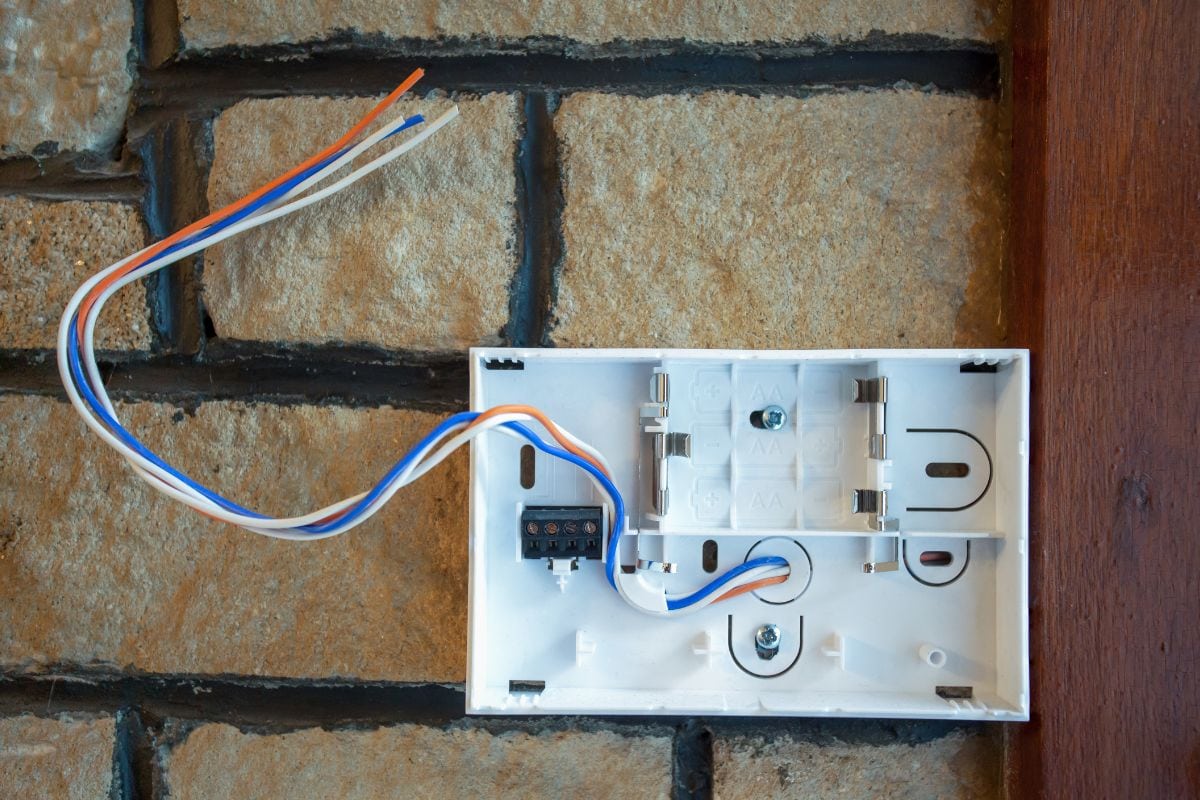
Thermostat Settings
It's essential to double-check your thermostat settings. In some cases, the reason your AC is not turning on might be that the thermostat is in the incorrect mode or has the wrong temperature settings.
Ensure that your thermostat is set to "cool mode" and that the temperature is lower than the current room temperature.
You should also ensure that the thermostat's program settings are correct, as they might inadvertently prevent your AC from turning on when you want it to.
Dead Batteries
Believe it or not, dead batteries are a common culprit for thermostat issues. Many thermostats run on batteries, and when they die, the thermostat can no longer communicate with your HVAC system.
To resolve this issue, simply remove your thermostat's cover and replace the existing batteries with fresh ones.
After you've replaced the batteries, give your thermostat a few minutes to reconnect with your AC and check if it's working correctly.
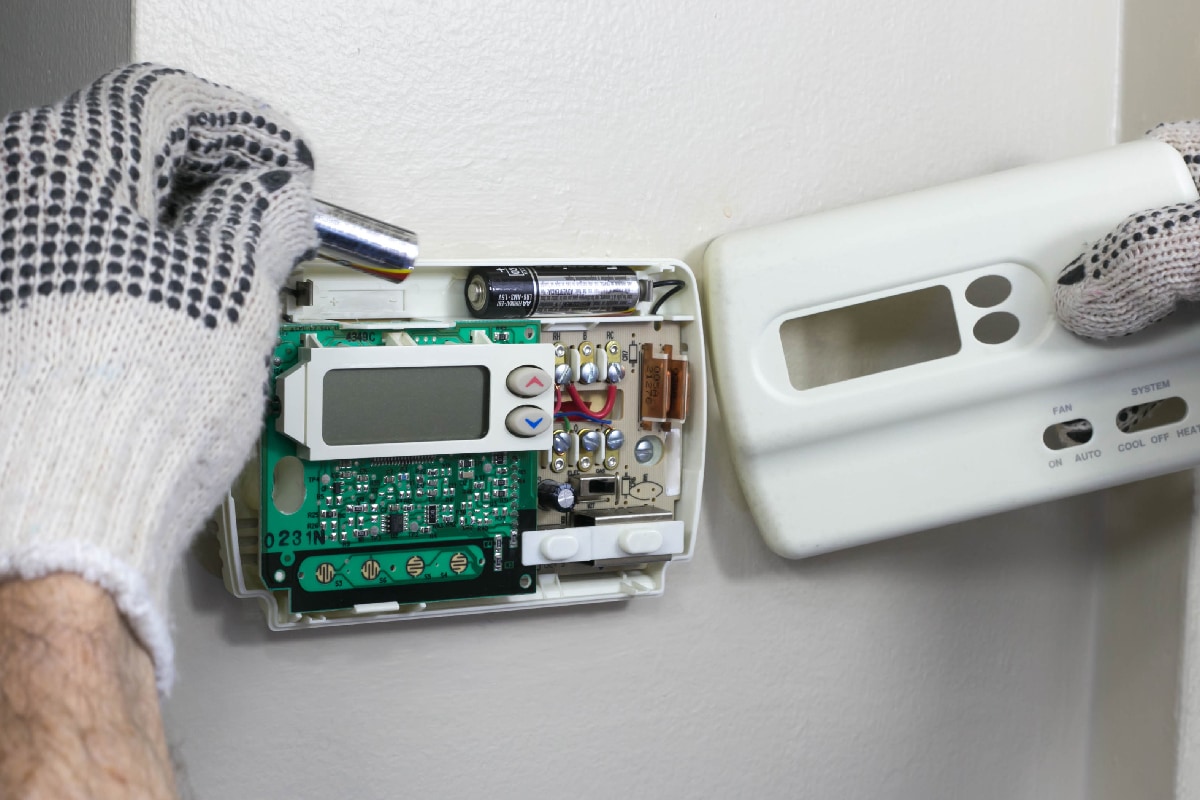
Troubleshooting the Thermostat
1. Resetting the Thermostat
Your first step in troubleshooting should be to reset the thermostat. This process varies for different thermostat models, so refer to your thermostat's manual for instructions.
Generally, you can turn off the thermostat, wait a few minutes, and turn it back on. Resetting the thermostat can help fix minor software issues that might be causing the problem with your AC.
2. Checking the Wiring
If resetting the thermostat didn't work, it's time to inspect the wiring. Turn off the power to your HVAC system before proceeding.
Remove the thermostat cover and carefully check all the wires for signs of damage, corrosion, or loose connections. Make sure each wire is securely connected to the correct terminal.
If you find any damaged wires, you should contact a professional to repair or replace them.
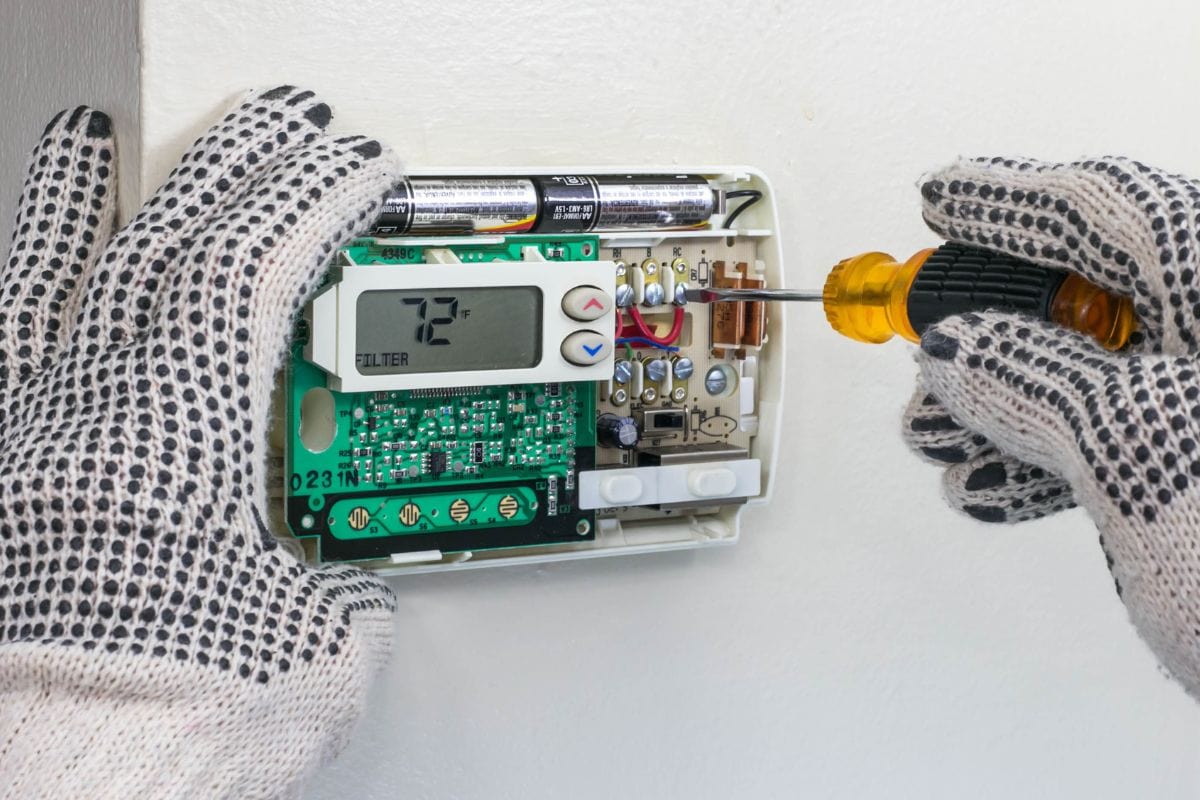
3. Testing the Batteries
Lastly, check your thermostat's batteries. Weak or dead batteries could be why your thermostat is not turning on your AC.
Replace the batteries if necessary and make sure they are installed correctly. After replacing the batteries, give your thermostat a minute to start up before testing your AC again.
Inspecting the AC Unit
Before you panic, take a moment to inspect your AC unit and thermostat to determine the root of the problem.
Be sure to check out: HVAC Fan Speed Too High – What To Do?
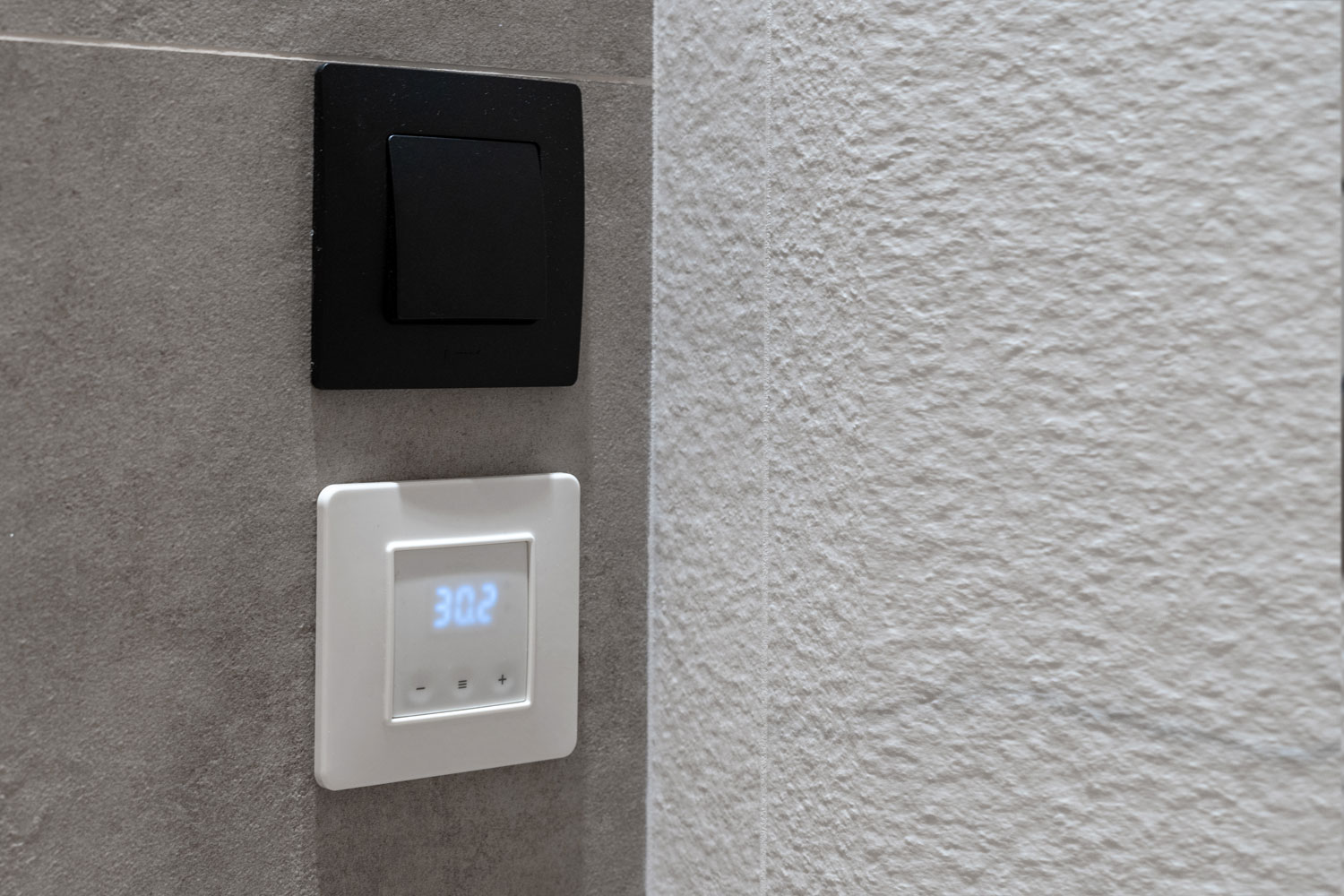
Checking for Power Issues
First, ensure that your AC unit is receiving power. Check if the thermostat's display is lit up, and ensure the unit is plugged into an electrical outlet.
If your thermostat uses batteries, try replacing them with fresh ones and see if it resolves the issue.
Examining the Circuit Breaker
Next, head to your home's circuit breaker panel and look for tripped breakers. If you find any, reset them by flipping them off and back on.
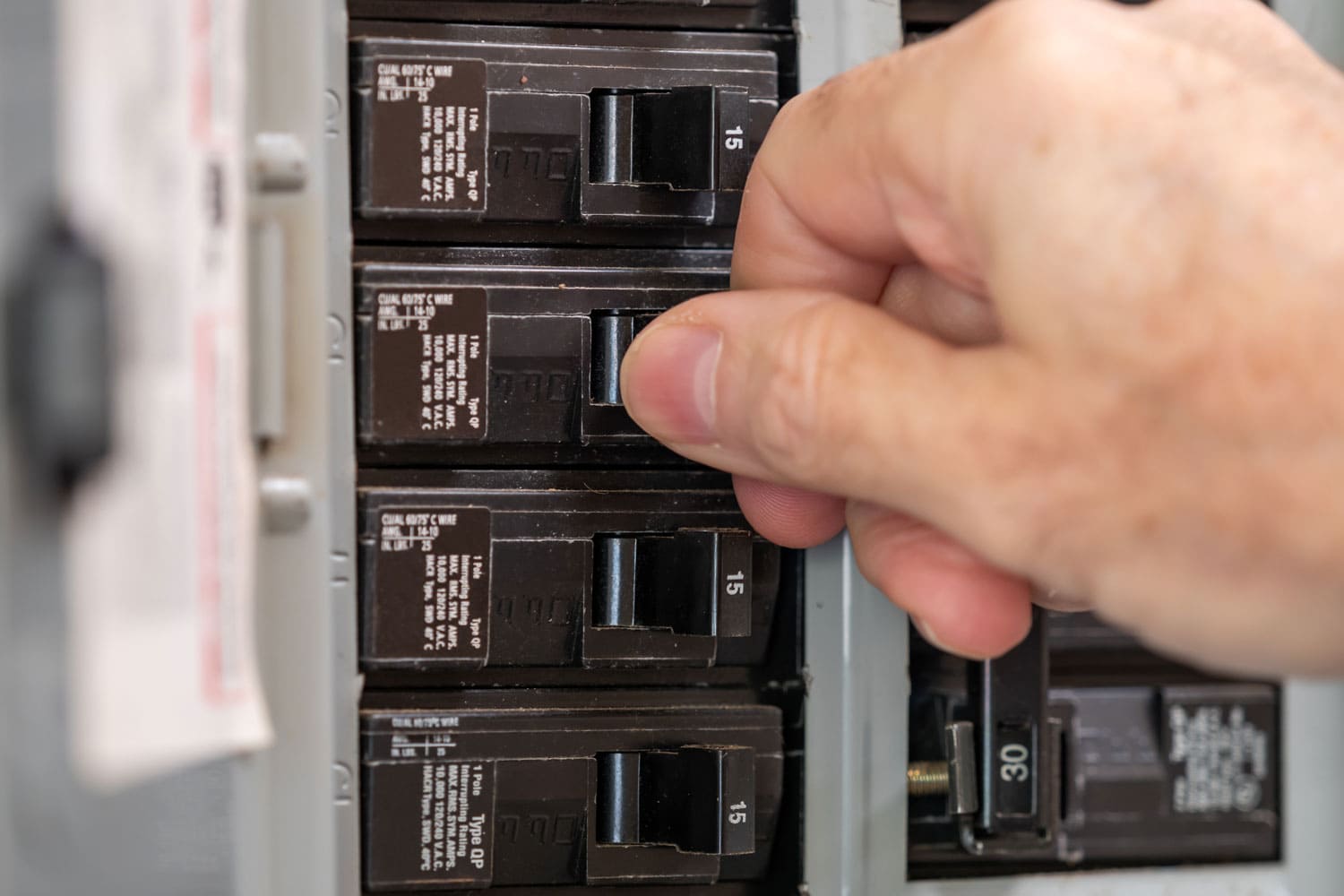
It's possible that your AC unit and thermostat are on the same circuit, which could lead to tripping. If the breaker trips again after resetting, you may have an electrical issue that requires the attention of a professional electrician.
Verifying the Condenser Unit
Lastly, head outside to check your AC's condenser unit. Ensure it's clean and free from debris, such as leaves or dirt, which could restrict airflow and cause your AC to malfunction.
Additionally, verify that the fan is operating correctly. If you notice that the fan is not spinning or making strange noises, it could indicate a motor issue.
Professional Help
When dealing with a Vive thermostat that's failing to turn on your AC, it might be a good idea to seek professional help in certain situations.
When to Call an HVAC Technician
It's always best to try some basic troubleshooting steps on your thermostat before calling an HVAC professional.
However, if you've tried all the possible solutions and the thermostat still malfunctions, it's time to call the experts. Some indicators that it's time for professional assistance include:
- Persistent issues: If your thermostat continues to have problems despite troubleshooting efforts, an HVAC technician may need to diagnose a more complex issue.
- Electrical wiring concerns: If you suspect an issue with your thermostat's wiring or power source, it's safer to let a professional handle it.
- Lack of technical knowledge: If you are not confident in your ability to diagnose or solve thermostat issues, it's better to call an expert to avoid causing further damage.
You might also like: How Long Does An HVAC Unit Typically Last? [And How To Make it Last Longer]
Vive Thermostat Warranty
Before contacting an HVAC technician, it's worth checking if your Vive thermostat is still under warranty. Also, make sure you have registered your unit.
According to a Vive thermostat manual, you should register your new thermostat within 60 days of installation to activate the 5-year limited warranty.
Failure to register will result in the warranty period beginning on the date of manufacture. For warranty issues, you can contact the HVAC professional who installed the product.
You can register your thermostat in two ways: visit the company website and fill out a short registration form under the warranty registration section, or complete the form that comes with the unit and mail it to the address provided.
The warranty may cover repair or replacement costs for any malfunctioning components. Typically, thermostat warranties cover the following:
- Material and workmanship defects: This includes issues that arise from the manufacturing process, such as faulty materials or assembly errors.
- Limited time period: Warranties usually last for a specific duration, which may vary depending on the manufacturer. Be sure to check the terms and conditions of your warranty for specific details.
If your thermostat is still under warranty, contact the retailer or manufacturer for assistance and potential repair or replacement options.
Remember to have your warranty documentation and proof of purchase handy to streamline the process.
Regular AC Inspections
To ensure your Vive thermostat works efficiently and your AC turns on without any issues, it's important to schedule regular AC inspections.
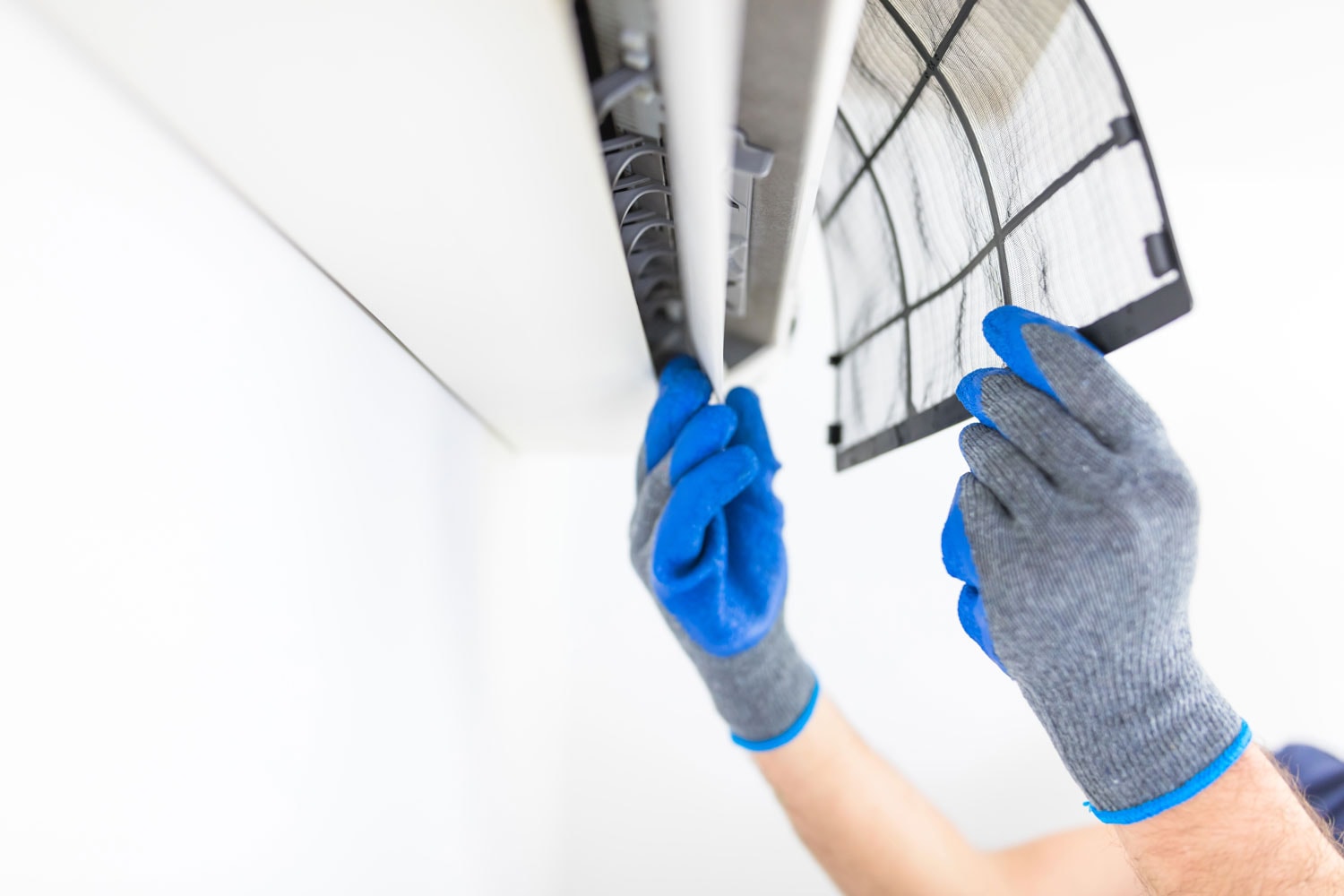
Doing so will help you identify potential problems early and prevent them from escalating. Aim to schedule an inspection at least once a year, ideally before the start of the cooling season.
During these inspections, a professional technician will assess and clean your cooling system, check the refrigerant levels, and inspect the electrical connections.
Do Basic Troubleshooting, But It's Best To Call the experts
To troubleshoot, check your thermostat settings, batteries, and circuit breakers.
If you've gone through these steps and still can't get your AC to work, it's probably time to consult with a professional. They can assess your situation and recommend the best course of action.
We hope that you found this information useful and that your thermostat and AC will be operating seamlessly in no time.
